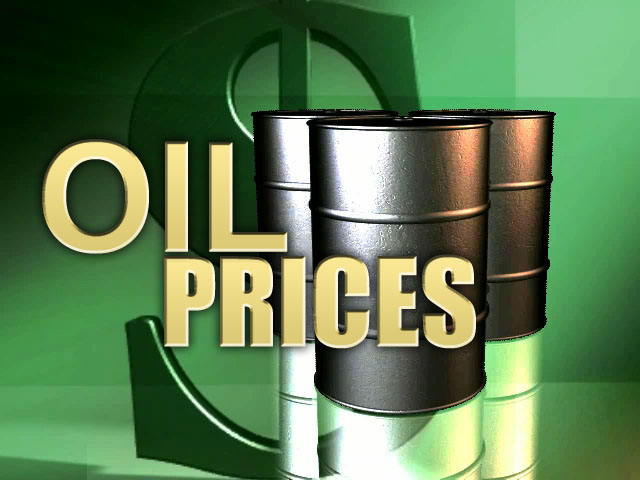
Oil prices have more than doubled since 2001, hitting $55 per barrel in mid-October. This price surge has produced a great deal of handwringing and gloomy predictions. Doomsters claim that output simply can’t keep up with demand—that we have entered a new era of permanently high oil prices.
Before we jump on this bandwagon, let’s take a look at the price behavior of WestTexas intermediate crude oil. If we adjust prices to today’s dollars, the average oil price from 1988 through October was just under $28, and 95% of the time the price fell within a range of $14 to $41.
During the past 15 years oil prices were outside this range on only three occasions. During the Asian financial crisis of 1998 prices briefly slipped below the low end of the range, and on two other occasions they pierced the upper end. The first occurred in the run-up to the first Gulf war. Thanks to George H. W. Bush’s order to sell crude from the government’s Strategic Petroleum Reserve, prices didn’t stay high for long. His sell order, which coincided with the start of the war, knocked $11 off the price of oil in one day. The second unusual price upsurge began in late 2001 and has left current prices well above their ordinary range. Will they stay there or once again fall back toward the average?
To answer this question we must understand what pushed prices so far this time around. There is no doubt that robust demand growth (the China-India factor) and capacity problems (most recently, those inflicted by Hurricane Ivan) have played a role. But that well-worn story is incomplete.
What’s missing is the inventory story. In November 2001 George W. Bush ordered the government to purchase oil and fill its reserve to full capacity of 700 million barrels. The reserve, at 670 million barrels, now accounts for 70% of U.S. oil inventories. While the stockpile’s growth has left the nation’s total oil inventories 10.6% higher than in December 2001, it has crowded out private stock-building, with private stocks declining by 9.2%.
The government’s weight in the market for storage has been significant in pushing prices to such extraordinary levels. Many people have trouble swallowing this fact. They think government purchases are nothing more than a drop in the bucket and couldn’t possibly have much effect on oil prices. To make their case, they trot out statistics about how small government purchases have been—only 1.3% of oil imports in 2004 and minuscule fractions of total U.S. consumption or world output. But this is comparing apples and oranges. If we just look at changes in inventories since December 2001, the changes in the government stocks dwarf those in private inventories.
I estimate that the government’s buildup of oil stocks has added at least $10 to the price of a barrel. That’s the bad news. The good news is that the government’s reserve is scheduled to be at full capacity in May 2005. From that point on it will be much easier for private companies to build stocks. Indeed, when the government stops building inventories, enough oil will be freed up so that private stocks could rise to their 2001 levels in six months. A $10 decline in price is plausible.
It turns out that this inventory story is already in the market. Today’s quotes for oil futures contracts are lower than today’s spot price. Traders expect the price of oil to decline and return to its ordinary range. These traders, playing for real money—not for quotation in the newspaper—do not buy the notion that we have entered a new era of permanently high oil prices.
We are still left with one issue: what to do with the oil in the stockpile. It’s worth $30 billion. Its eventual release is at the discretion of the President—in other words, tangled up in politics.
The release rules should be removed from politics and replaced by a market-based approach. To do this the government should sell call options on the stockpile. A buyer would pay, perhaps, 70 cents today for the right to acquire one barrel at a strike price of $75 anytime between now and November 2005. By selling options at various strike prices, the government would generate revenue to defray some of its stockpiling costs.
More important, the market would decide when the oil gets released to refineries; if a fall in demand (or a boost in supply) sent the price down to $40, the option would, in our example, expire worthless and the oil would stay put. On the other hand, if the price surged to above $75, the holder of the option would exercise it and take delivery of oil from the government’s stockpile.
A consequence of such option sales would be diminishing of panic-driven buying and stockpiling in the private sector, since industrial option buyers could rest assured they would be largely immune to a sudden shortage. I predict that the further consequence would be to send oil prices down close to the historical average, which is just under $30.
Author Steve H. Hanke

0 responses on "Take $10 off the Price of Oil"